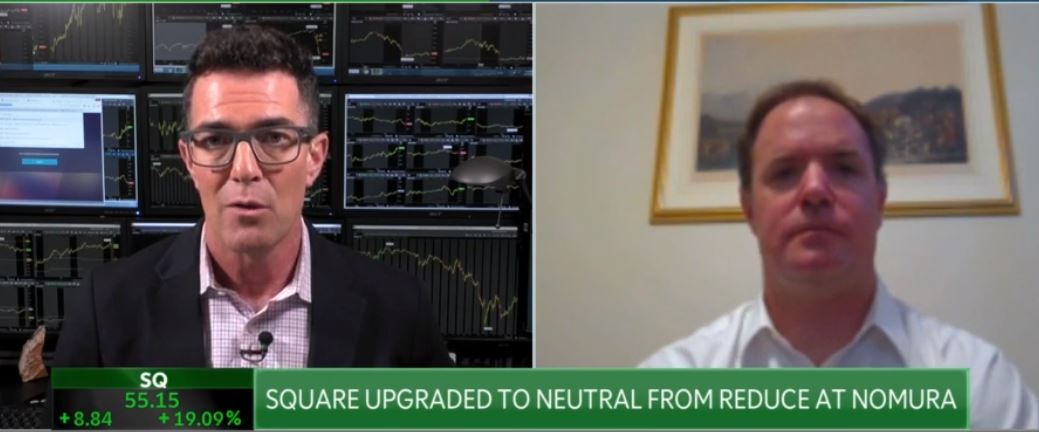Market Multiple Table Update
What’s in Today’s Report:
- Market Multiple Table Update
- Oil Rig Counts Continue to Plunge
Futures are solidly higher this morning, tracking overnight gains in most international equity markets amid optimism that global efforts to contain COVID-19 are working.
Coronavirus “hot spots” such as Italy and New York City are reporting early statistics that show “lock down” measures are working to contain the outbreak as the number of new cases is slowing while death rates are stabilizing.
German Industrial Production was the only notable economic report overnight and it was better than feared in February (0.3% vs. E: -0.8%), helping support the risk-on money flows today.
Looking into today’s session, there are two economic reports due to be released today: JOLTS (E: 6.638M) in the morning and Consumer Credit (E: $14.2B) in the afternoon, however investor focus will remain almost exclusively on coronavirus headlines as hope that the outbreak is being contained is the primary reason for this week’s stock rally.

